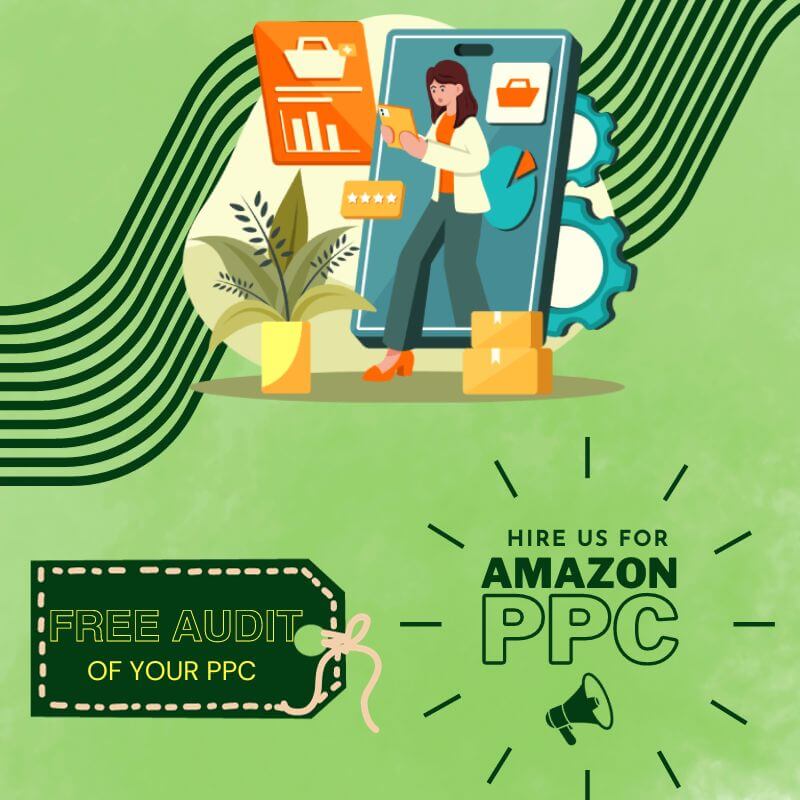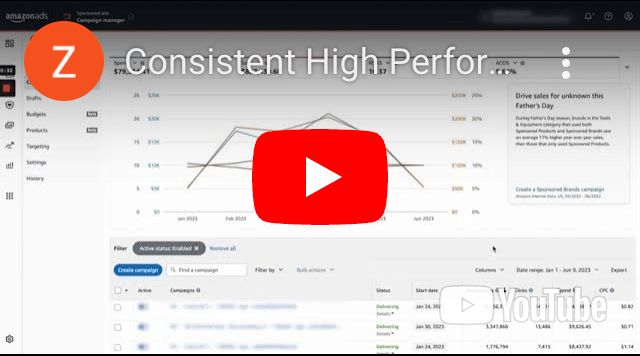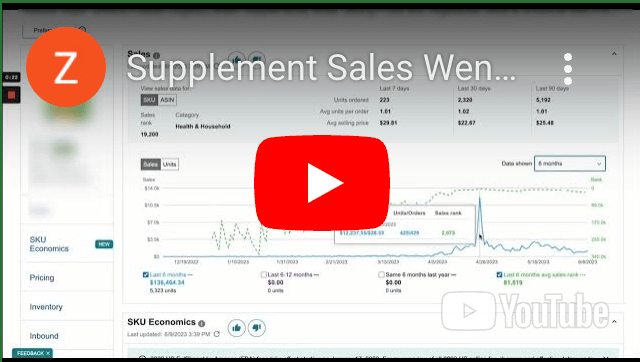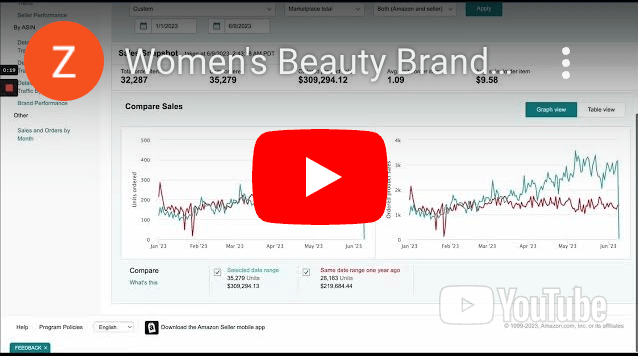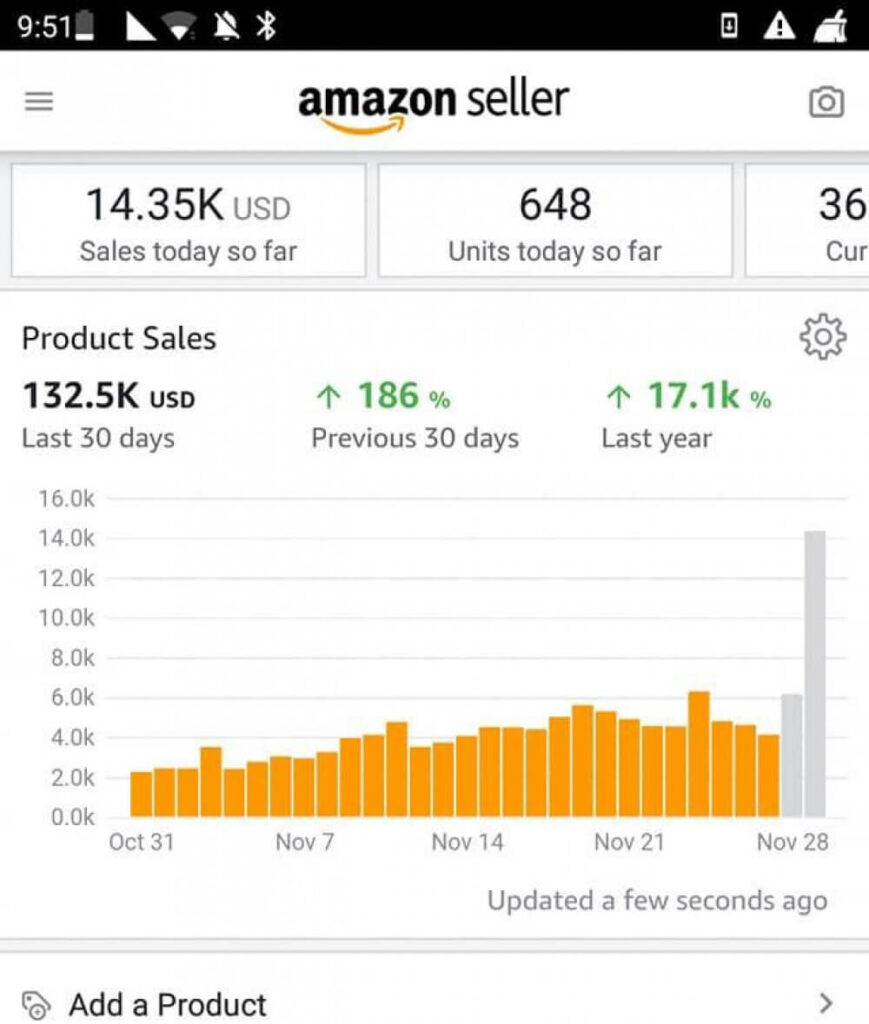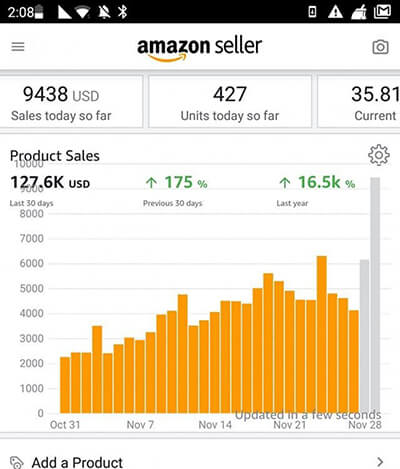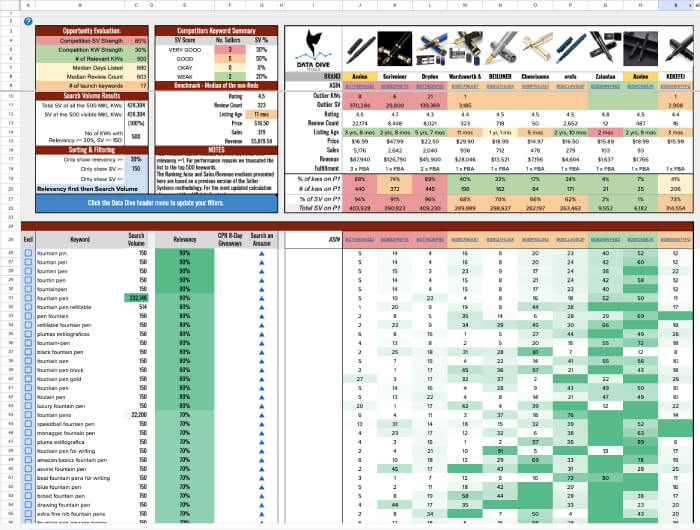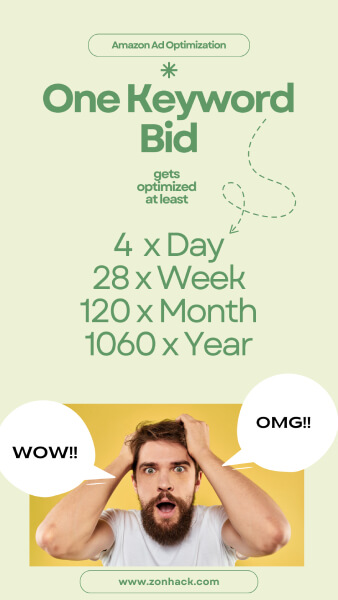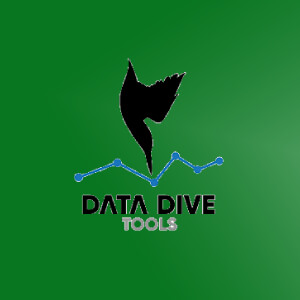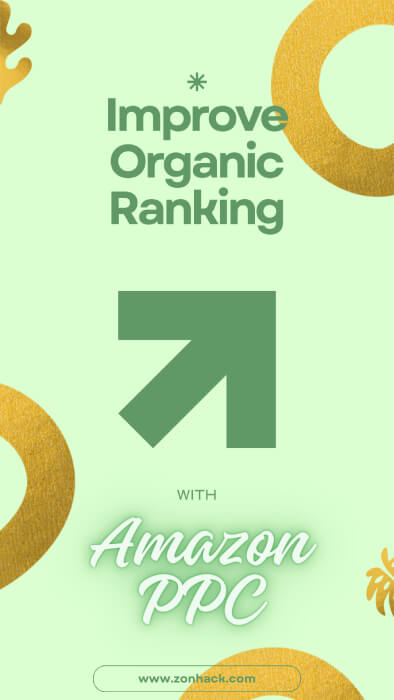01
Strategy
Planning
Goal Setting: The very first thing we do when we sign up a client is – undersatnd what they are trying to achieve. How aggresive do they want to be when it comes to growth. We usually ask for a sales number that they might have in their mind which will be achived in a certain perior of time. We the evatuate these numbers and we get back with a forecasting on how much ad spending there needs to be to achive these sales and in how long time.
Listing Quality Check: A product’s listing quality will affect how well ads will perform. So we do a through analysis of the listing by checking the Title, Bullet Points, Images, Enhanced Brand Content (A+), Backend Keywords and other backed attributes before starting ads.
Keyword & Bid Research: You might already have done a keyword research for your product but we will do a separate keywords research while keep Amazon Advertising in mind. In this keyword reaserch we’ll try to see which keywords get how much search volume and how much the bidding needs to be in order to show ads at various ad placements. We then create a plan on which keywords we’ll target intially during ad testing and which we will target later.
Competitor Research: Amazon ad is all about showing your products at the right pace at the cost. That is why it’s importatn to observe what your competitors are doing and how they have planned their ad investment. When you look closely at your major competitors you can plan certain placement and ad type to your advantage while piggybacking their efforts.

